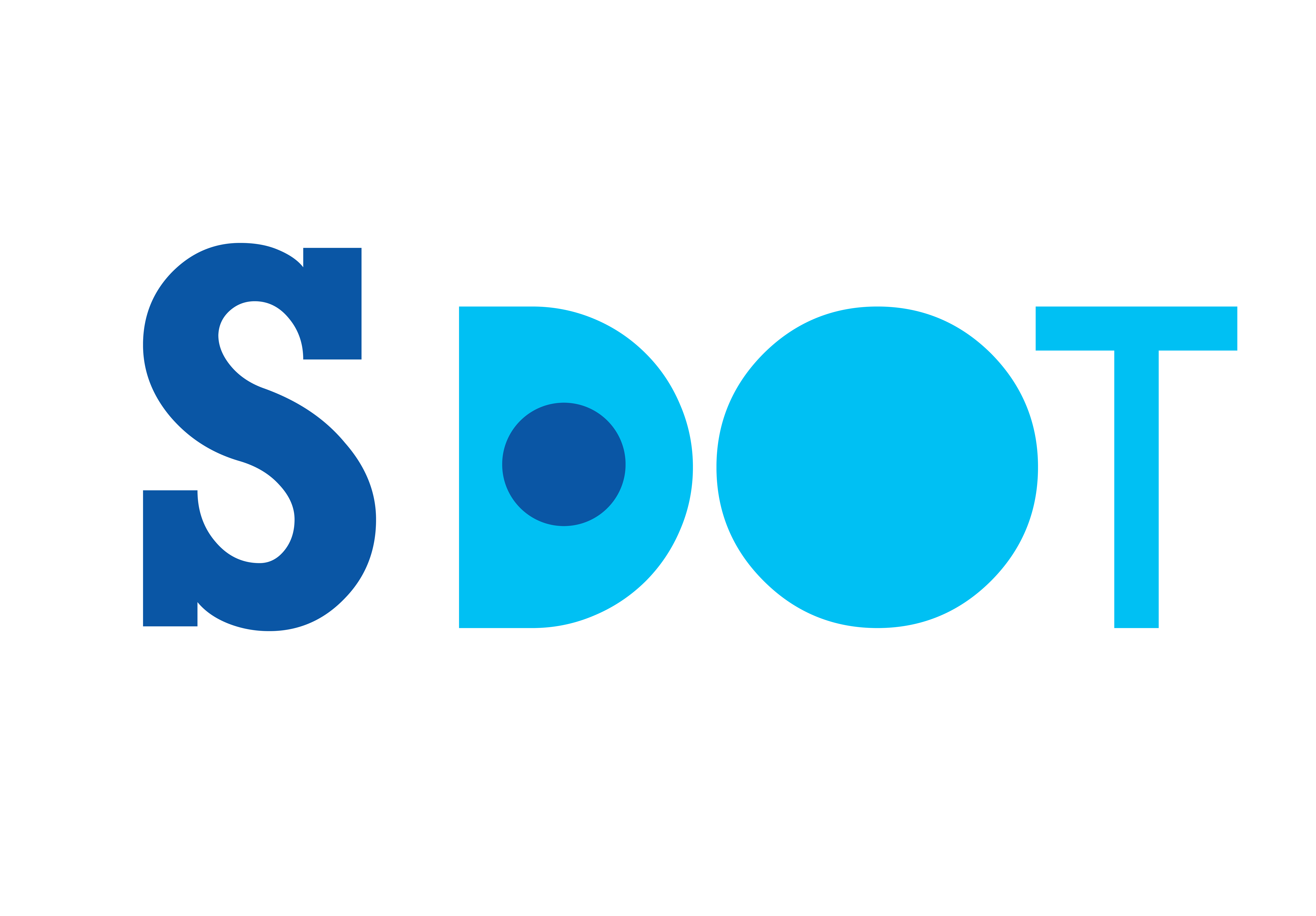1. Navigation

One of the most significant components of web design is navigation. Navigation is exactly what it seems like – how somebody moves around on your site. Site visitors typically need to know three things during their visit to your site: ‘Where am I?’, ‘Where have I been?’ and ‘What other places would I be able to go?’ Organized navigation as a road map to guide guests to different pages and data on your site.
2. UI Design

UI focuses on the visual parts of your website. The general objective of a good UI web design is to guarantee the availability, simple to-explore interfaces, and natural web design are all set up to ensure visitors can get to data without any problem. User Experience (UX) Development is the system of improving the general understanding of the clients when they interact with the website so as to accomplish its goal to provide customer satisfaction.
3. Content

Content gives data and this data can be utilized to instruct search engines about your site. You ought to always remember in mind how your site is representing to search engines and whether it accurately conveys your site’s purpose. Your motivation might be to give data, to sell something, or to offer assistance. You should consistently optimize your site so that search engines comprehend what it’s about. At the point when clients to your site, they’re in all likelihood searching for something, such as information, service, and product. Furnishing clients with the data that they’re searching for in an unmistakable and simple manner can help keep clients on your website and increase conversions.
4. User Friendly

User-friendly is about making it easy for guests to discover the data they need rapidly and effectively on any gadget. When working out your site map your objective ought to be to keep it as simple and intuitive as possible.
5. Interactive and Innovative

Interactive sites are neat and quite pretty. An interactive site builds up communication among clients and your content. This content permits your utilizations to have more customized. Innovation web design is the process of consistently improving the usability and quality of the web to meet user expectations.
6. Load Easily

Everyone expects a website to load in 2 seconds or less than a minute. It takes too slow to load or else waiting for a long time will lose a visitor. If it takes more than 2 minutes to load a site the visitors will leave a site. To improve page load time fast tips to follow: a) Optimizing images (sizes and scale) will help load your site faster. b) Combining our source code into central JS & CSS files, reduces HTTP requests. c) Main things that need to do are Minify HTML, CSS, JS, it compressed to speed up their load time.
7. SEO

SEO web design is a way of planning and creating sites to make them web index & search-engine friendly. Making a site SEO friendly implies that Google and other web crawlers can crawl each page on the site efficiently. Once recorded(indexed), they would then be able to serve the most applicable and important site pages to their clients dependent on the points they look for. The better the SEO techniques and the more an SEO group is incorporated into the web design process. Since, of the billions of individuals who use web indexes each day, under 5% explore past the primary page of the Google SERPS, it is significant that you plan and build up an SEO-friendly site to increase natural traffic and earn first page rankings in Google.
8. Typography

Typography has an important role to carry out on your site. It looks to make more thoughtful importance by a smart and conscious determination of text style, size, colors, format, alignment, and different components that influence the design of type on a page. Typefaces ought to be intelligible and just utilize a limit of 3 unique text styles on the site. Things to consider with text on the web are contrast, shading, readability, and size. Dark content on a white background is the simplest to read in light of the fact that it gives the most difference. Color choice & color theory plays an important part in web typography.
9. Responsive

Responsive Website Design (RWD) is a web development approach that makes dynamic changes to the presence of a site. Responsive design is a way to deal with website page creation that utilizes adaptable formats, flexible pictures, and CSS media queries. RWD can assist you with taking care of issues for your site. It will make your site mobile-friendly, improve the manner in which it looks on gadgets with both large and small screens, and increase the measure of time that guests spend on your site. As well, It will help us to improve your rankings in web indexes.
10. Colors and Imagery

Colour has the ability to convey messages and bring out passionate emotions. Finding a shading range that accommodates your image will permit you to impact your client’s conduct towards your image. Keep the colour choice restricted to under 5 tones. Reciprocal colours work admirably. Satisfying shading mixes increase client engagement and cause the client to feel better. Imagery: An image can express 1,000 words, and picking the right pictures with high-quality professional for your site can assist with the brand and connecting with your target audience. All images should be expressive and capture the spirit of the organization and act as the representation of their brand personality. The majority of the underlying data we consume on sites is the best impression and visual impact, it is important that high-quality pictures are utilized to frame an impression of professionalism and validity in the visitor’s psyche.
